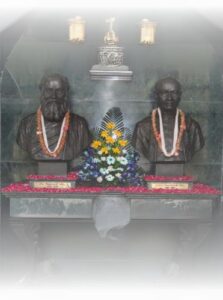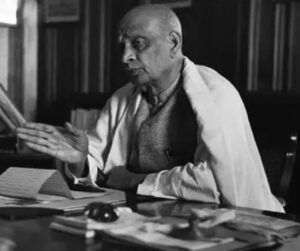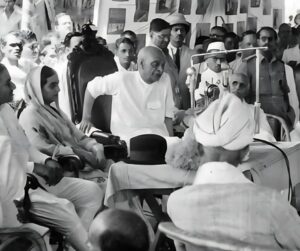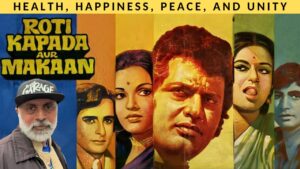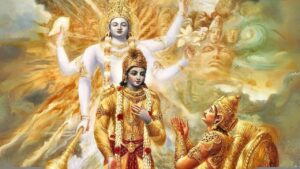The Iron Will: How Sardar Patel United India
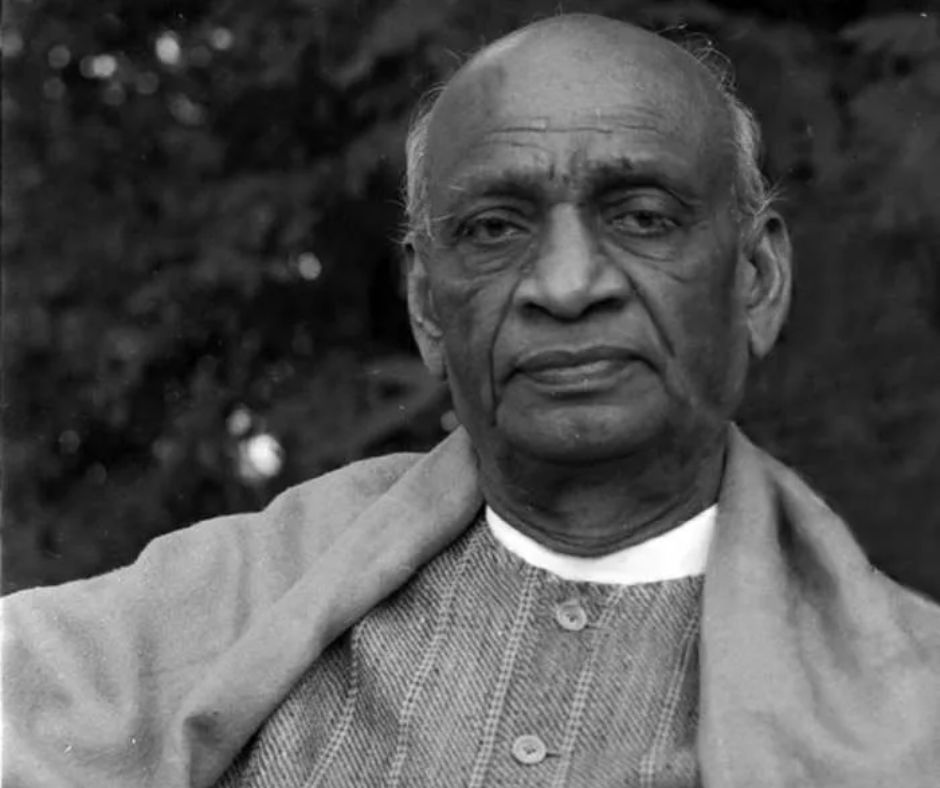
“Strength without unity is not a strength unless it is harmonized and united properly, then it becomes a spiritual power.”
– Sardar Patel
Sardar Vallabhbhai Patel, the “Iron Man of India,” stands as a towering figure in the history of independent India. While his role in the freedom struggle is well-known, his monumental achievement lies in the peaceful integration of over 562 princely states into the Indian Union. This Herculean task, fraught with challenges and complexities, showcased Patel’s unwavering determination, diplomatic finesse, and strategic brilliance.
The Challenge: A Nation Divided
At the dawn of independence in 1947, India faced a daunting challenge: a geographical patchwork of independent princely states scattered across the subcontinent. These states, governed by their own rulers, presented a significant hurdle to the formation of a unified and sovereign nation.
Patel’s Vision: A United India
Sardar Patel, appointed the first Home Minister of independent India, envisioned a strong and united nation. He recognized that the existence of independent states within the Indian territory would undermine national security and hinder economic development. He embarked on a mission to persuade these rulers to accede to the Indian Union, a task that demanded exceptional political acumen and unwavering resolve.
Overcoming the Hurdles
The path to integration was fraught with challenges:
- Junagadh: This princely state, ruled by a Muslim Nawab, despite a predominantly Hindu population, decided to accede to Pakistan. Patel, through a combination of diplomatic pressure and popular support, ensured Junagadh’s integration into India.
- Hyderabad: The Nizam of Hyderabad, clinging to his autonomy, initially resisted accession. Patel, with the support of the Indian Army, launched “Operation Polo,” a swift and decisive military operation that brought Hyderabad into the Indian Union.
- Kashmir: The accession of Jammu and Kashmir was complicated by external aggression from Pakistan. Patel, while facing immense pressure, ensured that the state remained an integral part of India.
The Role of the Indian Administrative Service
The Indian Administrative Service (IAS) played a crucial role in the smooth transition of these states into the Indian Union. These dedicated officers, trained in governance and administration, were instrumental in maintaining law and order, integrating administrative structures, and ensuring a smooth transition for the people of these states.
A Testament to Visionary Leadership
The successful integration of princely states stands as a testament to Sardar Patel’s visionary leadership, diplomatic skills, and unwavering commitment to national unity. He demonstrated that with firm resolve, strategic planning, and effective execution, even the most daunting challenges can be overcome. His legacy continues to inspire generations, reminding us that visionary leadership can turn impossible dreams into reality.
Hashtags:
#SardarPatel #IronManOfIndia #PrincelyStates #IndianUnion #Integration #Leadership #HistoryOfIndia #IndianIndependence #IAS #UnityInDiversity
